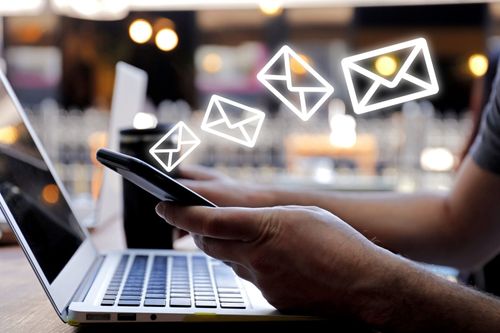As the digital storefront increasingly becomes the face of many businesses, communication with customers has never been more important. Among the plethora of marketing strategies, one silent salesperson that’s proving its worth time and again is the replenishment email. This isn't your run-of-the-mill promotional message, it’s a personalized reminder, a gentle nudge at just the right moment that can lead to repeat sales and strengthened customer loyalty. Let’s delve into the art of creating replenishment emails that truly work.
Understanding the Power of Replenishment Emails
Replenishment emails are sent to customers to remind them to reorder products that they may be running low on. Unlike traditional marketing emails, these are highly targeted and timed based on the customer's previous purchase history and the product's estimated usage cycle. The brilliance lies in their subtlety and relevance, which elevates the customer experience by adding convenience and personal touch.
Key Components of an Effective Replenishment Email
Timing is Everything: Trigger the email just before the customer is likely to run out of the product. If you sell a 30-day supply of vitamins, send the email on day 20.
Personalize the Message: Use the customer's name and reference their specific product. This isn’t a mass marketing blast; it's a personal conversation.
Simplicity is Key: Make the email clean and straightforward. Clearly show the product due for replenishment and provide a direct link to the repurchase page.
Incentivize the Reorder: Offer a small discount or free shipping on their next purchase. This not only encourages a repeat purchase but also reinforces positive feelings toward your brand.
Feedback Loop: Include a way for customers to provide feedback on their product usage experience. This shows you value their opinion and can also alert you to any issues with the product or the purchase cycle.
Designing Replenishment Emails That Stand Out
Now that we’ve outlined what goes into an effective email, let’s talk design.
Visually Appealing: Use high-quality images of the product and keep the color scheme and fonts consistent with your brand.
Mobile-Friendly: With more emails being read on mobile devices, it’s crucial that your replenishment emails are mobile-responsive.
Clear Call-to-Action (CTA): Your CTA button should stand out and make it as easy as possible for the customer to reorder.
Crafting the Perfect Subject Line
The subject line is your first and sometimes only, chance to capture your customer’s attention. It should be direct and speak to the benefit of opening the email. For example: “Running Low on [Product]? Let’s Fix That in a Click!”
Leveraging Data to Perfect the Process
Use data analytics to monitor the performance of your replenishment emails. A/B testing different strategies will allow you to refine timing, personalization, and offers. Pay attention to open rates, click-through rates, and conversion rates to gauge success.
The Silent Salesperson in Action
Imagine the impact of a well-timed, beautifully designed, and thoughtfully composed replenishment email landing in your customer's inbox just when they need it. It’s more than a reminder to repurchase; it’s a reflection of your brand’s commitment to customer care.
Conclusion
The replenishment email is an unsung hero in the e-commerce space. When executed with finesse, it not only boosts sales but also builds a lasting relationship with customers. In an era where personalization and convenience are king, the replenishment email stands out as a silent salesperson, working tirelessly behind the scenes to deliver value to both the customer and the business. So, take this opportunity to review your post-purchase communication strategy and start implementing replenishment emails that resonate with your customers and keep them coming back for more.
And remember, the true essence of a successful replenishment email lies in its ability to be helpful, not intrusive; to be timely, not repetitive. It’s about ensuring that your customers never feel the inconvenience of running out of their favorite products, and that’s a service they’ll remember and appreciate.



